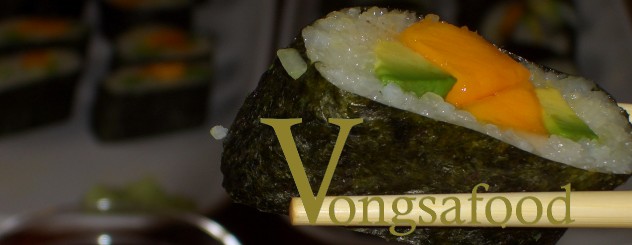For a couple years, I kept a spreadsheet of everything I cooked, how much we liked it, where to find the recipe. It was a great idea, and I still regularly search that document for information on past dishes. But most of those dishes I will never cook again.
These days, by the end of a meal, I have a pretty good idea if I'm likely to ever cook that meal again (and thus whether it's worth recording). It mostly comes down to (a) how much work it is to cook and clean up, (b) how much Catherine likes it, and (c) how much I like it. In case you're wondering, (a) is more important than (b) is more important than (c), as sources of motivation go.
Cooking things for the first time is exciting. Experimenting is exciting. And there's enough food out there that I could probably do that for my whole life and never run out of new items. My tastes are broad and broadening, so I almost always like the outcomes of my cooking adventures, even when they take me into previously uncharted territories. I will cook most anything once, and I am never disappointed with having done it.
But daily cooking becomes a job. I don't actually remember the last time Catherine cooked dinner, which is to say, it is definitely becoming my job. And that's fine. I like it. It's a pretty good job, as jobs go. Nevertheless, my focus is shifting. Now, instead of a spreadsheet for new items, I actively maintain a menu of items in regular rotation. It's an evolving work in progress, but already I love how much easier it has made my life.
WHAT TO COOK??? I still run a lot of experiments on any given week; for instance, in the last week I made
carnitas, acorn squash, Peruvian chicken (pollo a la brasa), and brownies-in-a-mug, all for the first time. (See forthcoming posts). But as a daily cook, it's really nice to have a menu of standards to fall back on. Furthermore, Catherine actually
wants me to allocate a higher portion of meals to old favorites she is guaranteed to like. So a running list of favorites is convenient. Does anyone else have something like this in digital form and is there any interest in sharing?
A great recipe is a Quest Item you get to carry with you for the rest of your life. So it can be worth a bunch of questing up front; experiments are partly an investment in the future. But they are also fun for the experimenter to perform. So, I don't completely deny the possibility that I'm overexperimenting, although I don't think so. Experimenting is exploring. The world is a big place, whether you spend your life exploring it or not. The more you explore, the better your overall feel for the way the world works. I didn't become a decent cook by cooking the same 20 things over and over again, and I am still constantly learning.
*
By the way, I absolutely
have to write down the following story before I forget any of the details. Tammy is my primary example of a person who has long existed in this world but never explored it. I thought I would go to my grave with
"Are those...artichoke hearts?" as my favorite Tammy moment, but just today she furnished me with this new gem:
Xan: Tammy, do you prefer white meat or dark meat?
Tammy: I guess I don't have a preference.
Xan: Uhhh how can you get this far in life without having a preference over white versus dark meat?
Tammy: I guess I just never knew the difference.
Xan: Well, okay then, I will give you some of each! Here, I'll give you the left leg of the chicken. The left leg is half dark meat and half light meat:
Tammy: Okay. Wait, is that different from the right leg?
Xan: Yes, because of the way the chicken uses its legs differently, the right leg is only dark meat.
Tammy: Oh...is that on this chicken? or on all chickens?
[I pause the story at this juncture just to say that, while you could be forgiven for your disbelief, I am truly not making any of this up. Catherine can swear to every detail of this story.]
Xan: On all chickens, Tammy. The left leg is half white meat, it has to do with slow twitch versus fast twitch muscles.
Tammy: Ohhhh....
Xan: Yes, you see the chicken uses its legs constantly unlike its breast muscles, so the legs are full of the darker slow twitch muscles powered by fat, while the breast is full of white fast twitch muscles for quick bursts of activity when startled...
Tammy (turns to Catherine): Wait, is he just messing with me again?!?
Let the record state that Tammy is the world's most clueless and gullible person of all time. She actually believed that the half-breast and drumstick I put on her plate were the left leg of a chicken, which is composed of white and dark meat. Let the record also state that she only cottoned on to me when I started to explain the actual reason dark meat is dark and white meat is white.
Well, as they say, Fool me once, shame on you. Fool me twice, shame on me. Fool me thrice, I am Tammy.
Fool me 4ice, I am Tammy. Fool me 5ice, I am Tammy. Fool me 6ice, I am still Tammy.




























